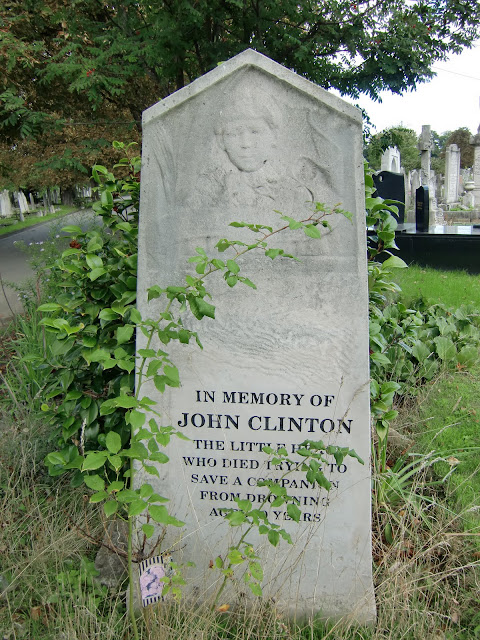William Blake ( B: 23 November 1757 - D: 12 August 1827 ) William Blake’s work was considered extraordinary and mystical by many of his peers, including William Wordsworth.
However he was shown very little respect during his own lifetime, often being considered a madman by Society at the time and also considered as an eccentric by those who knew him.
England almost wrote him off as delusional and insane, which compromised his works.
Only after his death, when his poems were released by a dear friend, did he become popular.
Glad Day
Blake was considered as delusional because he often spoke of meeting God. This started when he just four years old. He claimed to have seen God, who put His head by his window. He also said that when he was nine years old he saw a tree full of angels.
Blake's unique style of writing, used dichotomy in his works, such as heaven and hell, life and death, spirit and reason etc.
Blake was a learned man and in order to read poetry in their own languages, he learnt Hebrew, French, German and Latin. He soon mastered these languages. However, when he married Catherine, she was illiterate and he then took the time to teach her how to read and write so that he and she could work together.
Blake usually credited his works of poetry to his dead brother Robert.
When Blake passed away, his so-called insanity was praised by William Wordsworth, who said that there was more to Blake's insanity than Lord Byron's or Walter Scott's sanity. Surprisingly, many of his fans, peers and friends who knew him well had a similar opinion.
The Number of the Beast 666
Today he is recognised for his imaginative contributions and is considered as one of the greatest romantic poets to have lived.
A British journal published that by far Blake was the greatest poet that England had ever produced. The lack of recognition of his work was attributed to his prophetic way of speech and also mystic experiences which he claims he had had. This made people think he was delusional.
The Ancient of Days
His painting and poetry is considered as the greatest works during the Romantic Movement in poetry itself. He had several idiosyncratic views and there was a lot of creativity and mysticism in his work. The Church of England, however, refused his work and denied acknowledging them because several times he questioned the very existence of humanity.
The Tyger
Tyger Tyger. burning bright,
In the forests of the night;
What immortal hand or eye.
Could frame thy fearful symmetry?
In what distant deeps or skies.
Burnt the fire of thine eyes?
On what wings dare he aspire?
What the hand, dare seize the fire?
And what shoulder, & what art,
Could twist the sinews of thy heart?
And when thy heart began to beat.
What dread hand? & what dread feet?
What the hammer? what the chain,
In what furnace was thy brain?
What the anvil? what dread grasp.
Dare its deadly terrors clasp?
When the stars threw down their spears
And watered heaven with their tears:
Did he smile His work to see?
Did he who made the lamb make thee?
Tyger Tyger burning bright,
In the forests of the night:
What immortal hand or eye,
Dare frame thy fearful symmetry?
William Blake
The Lamb
Little Lamb, who made thee
Does thou know who made thee
Gave thee life & bid thee feed.
By the stream & o'er the mead;
Gave thee clothing of delight,
Softest clothing woolly bright;
Gave thee such a tender voice.
Making all the vales rejoice:
Little Lamb who made thee
Does thou know who made thee
Little Lamb I'll tell thee,
Little Lamb I'll tell thee;
He is called by thy name,
For he calls himself a Lamb:
He is meek & he is mild,
He became a little child
I a child & thou a lamb,
We are called by His name,
Little Lamb God bless thee,
Little Lamb God bless thee.
William Blake










































+1889-+Mrs.+Orchard+%26+Elizabeth.jpg)







